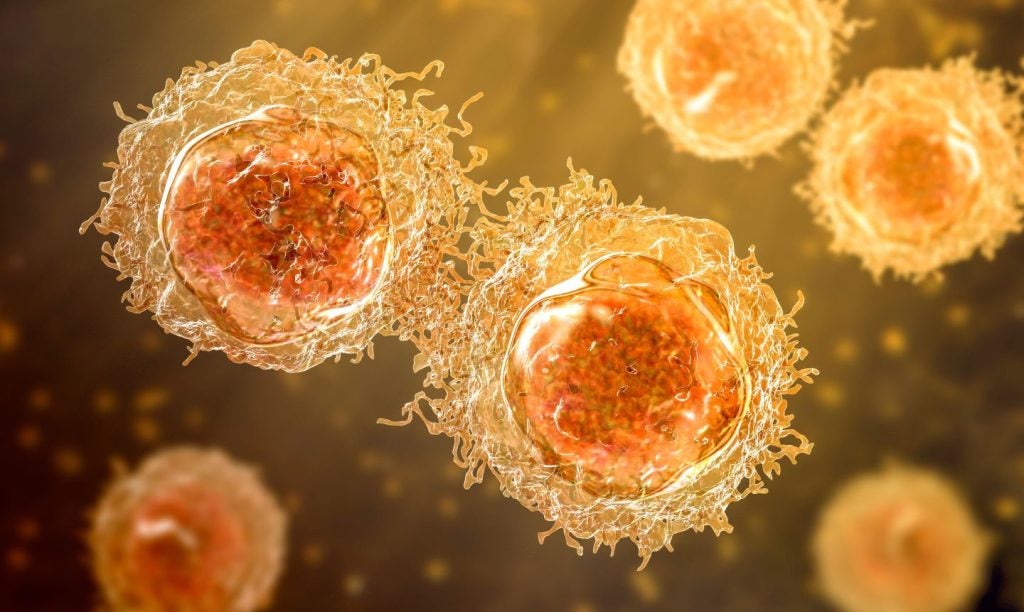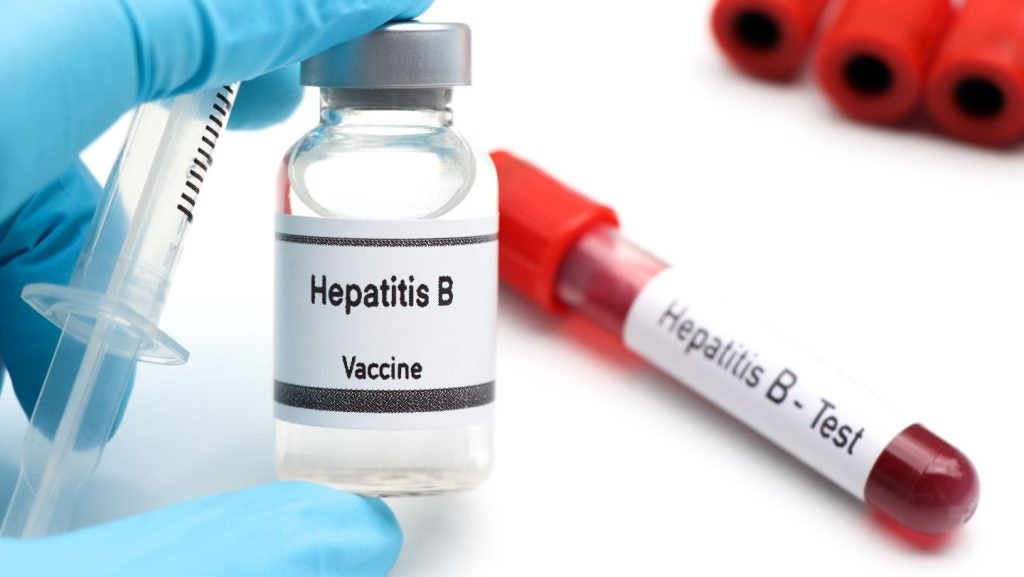In plant biology, there is a phenomenon known as hybrid vigor. Basic Mendelian genetics dictate that when two different homozygous plants of the same species (let’s call them AA and aa) are crossed, we end up with a hybrid, heterozygous individual (Aa). Vigor oftentimes denotes these individuals as they tend to have an improved or increased function (such as greater fruit production capabilities for instance) relative to their homozygous parent plants.
The Same Principle Could be Applied to the Human Population
Scientists have managed to pinpoint something that would explain the reason as to why two individuals are attracted to each other, and it has to do with something called a Major Histocompatibility Complex (MHC). MHCs are complexes encoded by the Human Leukocyte Antigen (HLA) gene, and their primary function is to display peptide fragments from foreign/ non-self proteins. These MHCs play a huge component in a person’s immune system.
Studies have shown that through olfaction, people tend to be attracted to others who have extremely different MHC complexes and thus, different immune systems. The premise for such subconscious behavior during mate selection is to hopefully, further down the road, gift their children the best immune defense on the market. By definition one of each chromosome is received from the mother, and the other from the father. Benefiting from two distinct immune systems, the children would end up having a strong immune system, allowing them to have a varied immune defense ready to handle a plethora of diseases.
Although individuals with the same racial background are genetically different from each other, people of different races, through years of evolution and adaptation, are even more genetically diverse. Biracial or multiracial individuals in some ways display this hybrid vigor, or heterozygous advantage. They possess a highly advanced and complex immune system.
Nevertheless, a highly advanced immune system could actually be a biracial/ multiracial individual’s Achilles' heel. When a biracial or multiracial individual requires an organ transplant, the search can be quite extensive. The need to find a compatible donor who shares a highly similar immune system is required in order to minimize organ rejection. The patient’s advanced immune system prevents him or her from making these matches straightforward, as a person who shares the same two racial backgrounds might not always be present.
See Also:
How does this Apply to Clinical Trials?
Unlike chemically made drugs, biologics tend to have highly specific downstream factors. When antibody therapy first came about, entirely murine antibodies were used. This resulted in numerous individuals suffering from allergic reactions. Through the years, advanced molecular biology techniques have allowed us to improve such drug therapy. As a field, we then moved into chimeric antibodies (which were part mouse, part human), and even into humanized antibodies (which were still part mouse, but mostly human). It wasn’t until the 1980s that a fully human monoclonal antibody was developed. The idea behind it was to limit the immunogenicity of the antibody drug administered, and in principle a fully human protein (compared to a murine, chimeric, or even humanized antibody) should not cause any allergic reactions or immune complications.
How well do you really know your competitors?
Access the most comprehensive Company Profiles on the market, powered by GlobalData. Save hours of research. Gain competitive edge.

Thank you!
Your download email will arrive shortly
Not ready to buy yet? Download a free sample
We are confident about the unique quality of our Company Profiles. However, we want you to make the most beneficial decision for your business, so we offer a free sample that you can download by submitting the below form
By GlobalDataCurrently, most drugs on the market fit a “one size fits all” model, where a drug is applicable to someone regardless of gender, race, weight, and age. Studies have shown that marketing a drug to a single racial population is unlawful and unethical. This means that a 57-year-old, 100 pound Asian-American woman could be prescribed the same biologic and dose as a 28-year-old, 200 pound African-American male. Anatomical, physiological, biochemical, and endocrinal differences need to be taken into consideration when developing the drug and conducting clinical trials.
Some scientists have mentioned that the idea behind the low immunogenicity of fully human monoclonal antibodies was unreasonable as immunoglobulin G allotypes differ both between and within populations. With such a genetic variation among the world’s population, and even a single country’s population, how can one protein be applicable to everyone? They then suggest that in order to reduce the immunogenicity of fully human antibodies, allotypical variants of antibodies, which would match the specific immunoglobulin alleles found in the genomes of distinct patient populations, would need to be produced.
Several papers mention that the effects of glycosylation patterns found on those biologics affect the pharmacokinetics of the drug (how the drug moves through the body, its absorption, distribution, metabolism and excretion). According to one of the articles, the post-translational modifications on a person’s proteins vary by gender, race, age, and even disease status meaning that none of us have the same sugar patterns, and one person’s sugars will vary as they go through life.
Where do Multiracial Individuals come in?
Having said all this, if we would like to continue producing medicines that have strong therapeutic effects on the global population (regardless of gender, race, and physiological factors), there will need to be an increase in the number of biracial and multiracial clinical trial participants.
Studies have focused on and recommended an increase in participants from distinct racial groups, such as underrepresented minorities. Incorporating more biracial and multiracial individuals would result in a more varied patient base, almost providing an “in-between”. Such an incorporation would benefit the results obtained through immunogenicity studies and pharmacovigilance, as these individuals’ more advanced immune systems would surely respond differently to certain biological study drugs, and provide greater insight into potential adverse effects and possible allergic reactions.
In the last century alone, we have seen our limits no longer be confined to those of our home country, and as a result we will need to look to a more diverse patient base in order to prepare for the future of medicine.
Guillaume Trusz
Clinical Trial Associate
Coherus BioSciences
References:
Birchler J., Yao H., Chudalayanda S. (2006). Unraveling the Genetic Basis of Hybrid Vigor. PNAS. 2006;103(35):12957-12958.
Fadiran E., Zhang L. (2015). Effects of Sex Differences in the Pharmacokinetics of Drugs and Their Impact on the Safety of Medicines in Women. Medicines for Women. Springer, 41-68. 10.1007/978-3-319-12406-3_2.
Ingulli E. (2010). Mechanism of Cellular Rejection in Transplantation. Pediatric Nephrology (Berlin, Germany). 25(1), 61-74. doi: 10.1007/s00467-008-1020-x.
Janeway C., Travers P., Walport M., Shlomchik M. Immunobiology, The Immune System in Health and Disease. 5th ed., Garland Science, 2001.
Kromer J. et al. (2016). Influence of HLA on Human Partnership and Sexual Satisfaction. Sci. Rep. 6, 32550; doi: 10.1038/srep32550.
Milinski M., Croy I., Hummel T., Boehm T. (2013). Major Histocompatibility Complex Peptide Ligands as Olfactory Cues in Human Body Odour Assessment. Proc R Soc B. 280: 20122889.
Nelson A., Dhimolea E., Reichert J. (2010). Development Trends for Human Monoclonal Antibody Therapeutics. Nat Rev Drug Discov. Vol. 9(10):767-774. doi: 10.1038/nrd3229.
Purcell R., Lockey R. (2008). Immunologic Responses to Therapeutic Biologic Agents. J Investig Allergol Clin Immunol 2008; Vol. 18(5): 335-342.
Raju T. (2003). Glycosylation Variations with Expression Systems and Their Impact on Biological Activity of Therapeutic Immunoglobulins. BioProcess International.
Roberts DE. (2011). What's Wrong with Race-Based Medicine?: Genes, Drugs, and Health Disparities. Minnesota Journal of Law, Science & Technology. 2011;12(1):1-21.






